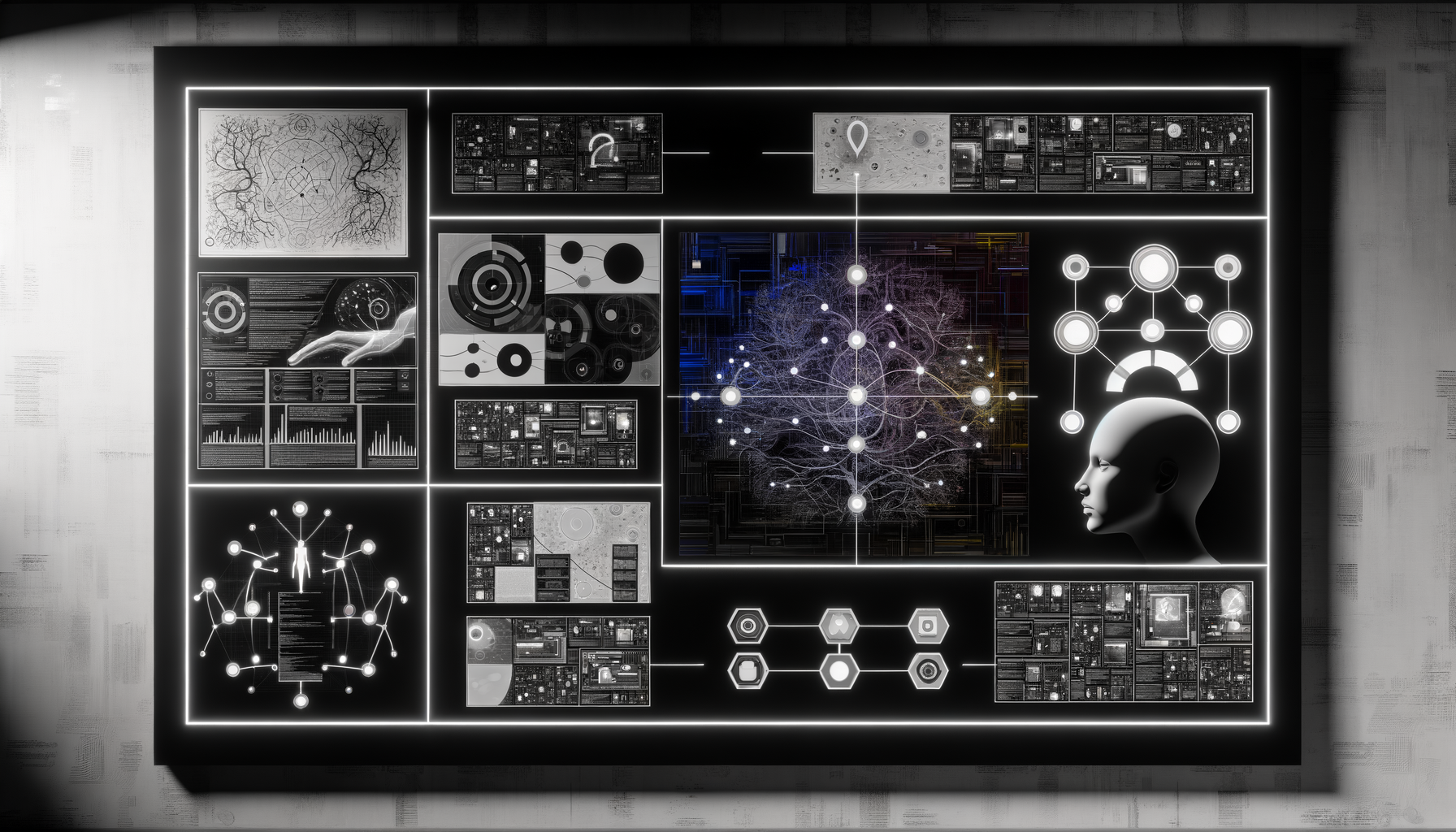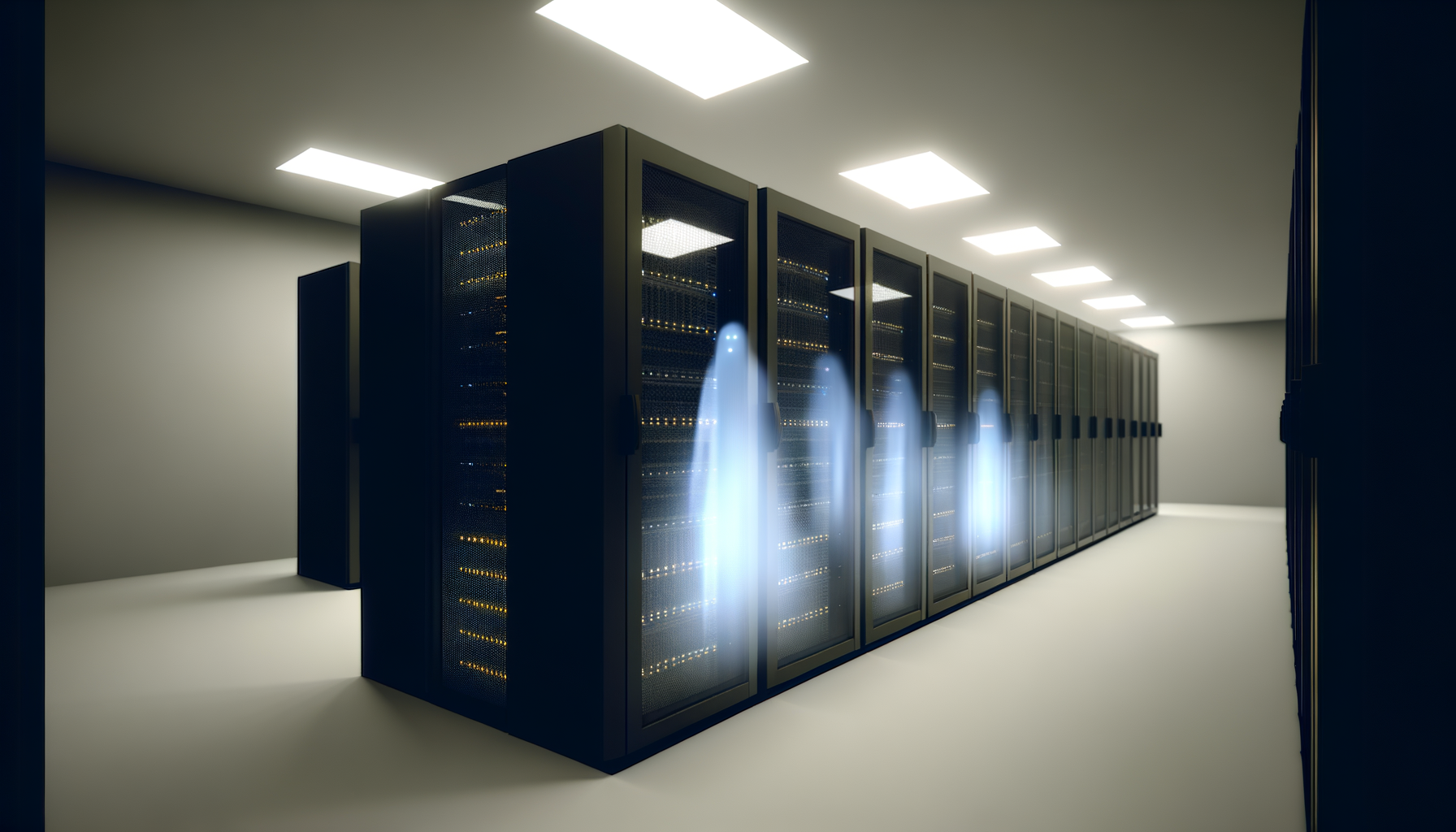Are you still letting your AI play fetch with to-do lists while competitors hand over real decisions to autonomous agents? Find out why letting AI “help” is now the slow lane.
From Instrument to Influencer: The Urgency Behind Agentic AI Adoption
By 2025, enterprises reliant on passive AI assistants are already outdated. While RPA and traditional workflow automation streamlined the rote, a new wave—agentic AI—has begun swallowing inefficiency across domains by acting proactively and independently in hyper-automated ecosystems. This shift isn’t incremental; it’s tectonic. High-value professionals—engineers, analysts, architects—are discovering that AI is no longer just a lever to delegate tasks. Autonomous AI agents now orchestrate complex, multi-step workflows, learning and optimizing across variables that previously required entire teams. If you aren’t leveraging these advances, the productivity gap is about to become uncrossable.
The Death of the Passive AI Assistant
Remember when unleashing AI in your stack meant building a bot to scrape mailboxes or schedule meetings? Most enterprises still treat AI as a polite, peripheral assistant. That’s yesterday’s innovation. Newest agentic AI, by contrast, is engineered to:
- Observe contexts dynamically, responding not just to user queries but to shifting system signals—without the need for explicit prompting.
- Identify bottlenecks before humans spot them, proposing and enacting corrections in real time.
- Negotiate priorities and resources across multiple projects, autonomously escalating anomalies or opportunities.
Letting AI merely follow orders is like hiring a world-class strategist and assigning them to alphabetize your files.
Core Capabilities: What Makes Agentic AI Work?
It’s not magic, and it’s not just bigger LLMs. Three core advances are driving the agentic AI explosion in hyper-automated workflows:
- Contextual Autonomy: Unlike static automation, agentic systems ingest and analyze live business data, system performance, user behavior, and external variables.
- Decision-Making Frameworks: They leverage formal reasoning, goal setting, and reinforcement learning—not just prediction—to arrive at choices with measurable value impact.
- End-to-End Integration: By embedding with APIs, orchestrators, and human teams, agentic AI can execute multi-system actions, then update its behavior based on feedback or outcome changes.
Case in Point: Autonomous Incident Remediation
Consider a large financial services provider running multi-cloud critical infrastructure. Before: escalations hit an L1 engineer. Now: agentic AI continuously monitors logs, correlates anomalies with business risk, and triggers not just alerts but pre-defined mitigation protocols—including cross-team notifications—without human handoff. System downtime? Measurably lower. Mean time to resolution? Cut by more than half. The kicker: no task-by-task programming; the AI evolves workflows as situations change.
Why Hyper-Automation Alone Falls Short
Hyper-automation platforms have already pushed legacy enterprises towards record throughput by chaining together RPA, AI, OCR, and BPM tools into continuous, non-stop pipelines. Yet, as powerful as these toolchains are, they operate within strict rules and tightly-scoped triggers. Human-in-the-loop interventions are still needed when workflows become ambiguous, exceptions proliferate, or business priorities shift unexpectedly. The result? Latency, rigidity, and a plateau in productivity.
Agentic AI does not just accelerate existing automations. It punctures the ceiling of process complexity:
- Automates adaptive responses to unprecedented scenarios—derived from cumulative experience, not just if-else logic.
- Balances efficiency against compliance, ethics, and business intent on the fly, rather than pushing risky or high-cost actions up the human chain.
- Spawns new workflows on demand, learning from both failures and successes system-wide.
Stat Snapshot: Productivity Delta (2023–2025)
| Automation Approach | Avg. Tasks Automated | Workflow Adaptiveness | Time to Remediate Exceptions |
|---|---|---|---|
| Traditional RPA/BPM | 60-80% | Low | Hours/Days |
| Agentic AI-Augmented | 90%+ | High | Minutes |
Risk, Reward, and the Mental Model Shift for Tech Professionals
Agentic AI turns familiar notions of software and decision support upside down. The pressing question for architects and leaders isn’t just “Can my workflows be automated?” but “What if my workflows could outpace my planning?” Transitioning to agentic approaches does require new governance, security models, and, inevitably, a culture shock. Challenges include:
- Opaque Reasoning: Agent actions may be hard to retrace, requiring new tools for explainability and audit.
- Shifted Accountability: As decision-making drifts away from humans, existing risk and compliance frameworks must rapidly evolve.
- Talent Dynamics: Role definitions shift. Tech workers move up the abstraction chain—from building workflows to overseeing, correcting, and collaborating with agentic entities.
The winners are already transitioning from a mindset of ‘process automation’ to ‘process intelligence.’ Waiting means watching that gap widen beyond recovery.
Future State: Autonomous Collaboration, Not Just Delegation
2025’s leaders will not measure productivity solely by the percentage of rote tasks automated, but by the degree to which technology proactively amplifies decision flow, cross-team synergy, and adaptive enterprise response. Agentic AI, embedded in hyper-automated platforms, is delivering:
- Orchestration of novel, distributed workflows—spawned in real time as priorities, markets, or regulations shift.
- Proactive surfacing of risks and opportunities to humans, with context-rich explanations and recommended paths—reducing cognitive overload at all levels.
- Continuous optimization, where workflows themselves become living systems, sculpted not by top-down design but emergent, collective intelligence.
Questions Leaders Must Ask Themselves Today
- Am I still treating AI as a digital “sidekick”, or have I architected it as a true collaborative agent?
- Do my current platforms support autonomous context sensing, cross-system orchestration, and self-improving workflows?
- Are my governance models ready for AI that initiates, explains, and adapts its own actions—sometimes acting at speeds and scales unavailable to humans?
Conclusion: Don’t Let 2025 Productivity Surprise You
An unprepared workforce, still playing traffic cop for yesterday’s automations, will rapidly fall behind. Agentic AI, unleashed within hyper-automated architectures, is shifting the center of gravity from delegated efficiency to autonomous, adaptive productivity. The enterprises and professionals who recognize, design for, and actively collaborate with these agentic systems will own the next era’s outsize gains—while the rest are left automating the obsolete.
The era of agentic AI is here; make it your collaborator, not your replacement.





